#Mecklenburg–Western Pomerania
Text


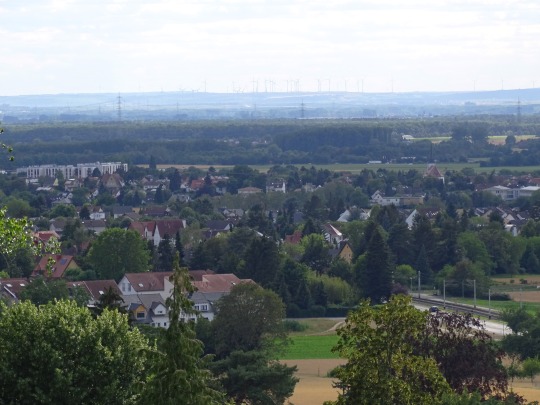
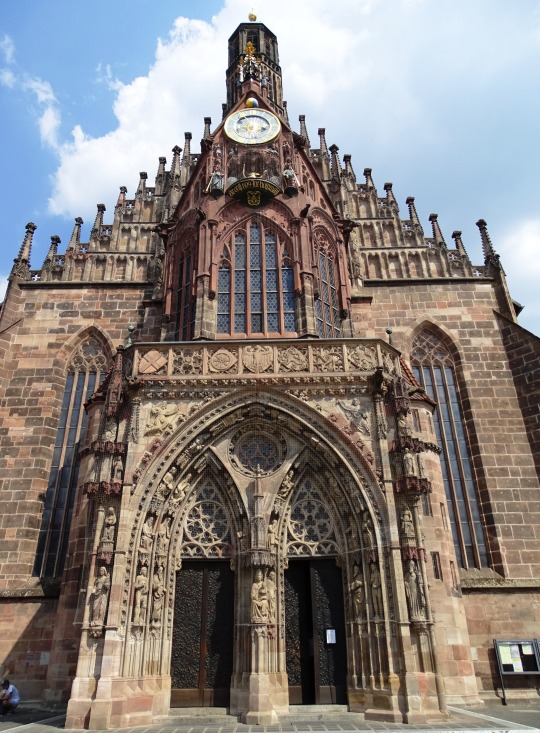
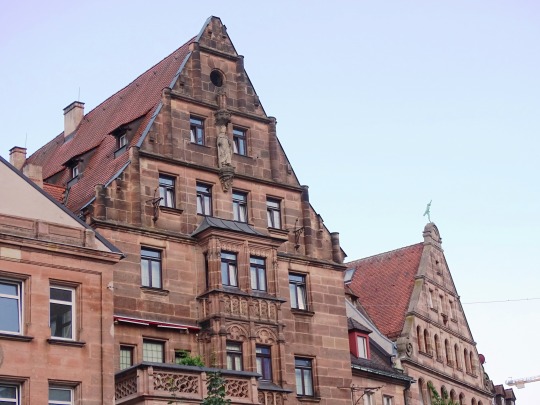
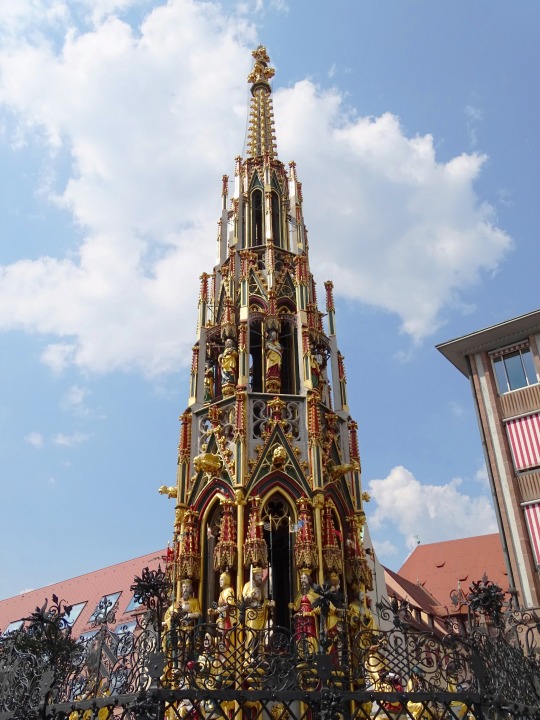
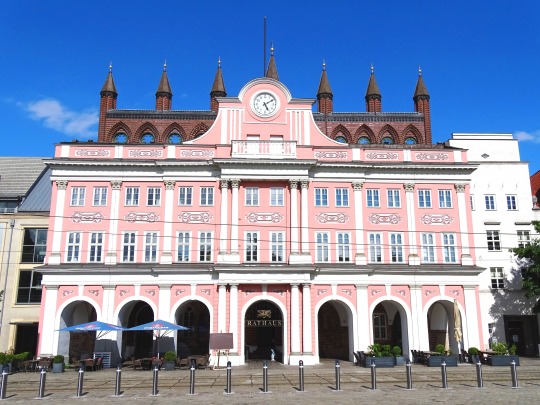

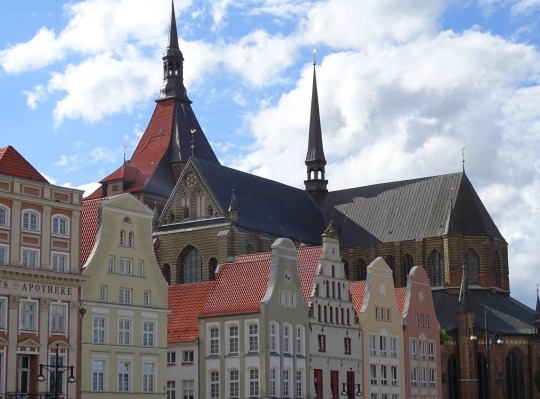
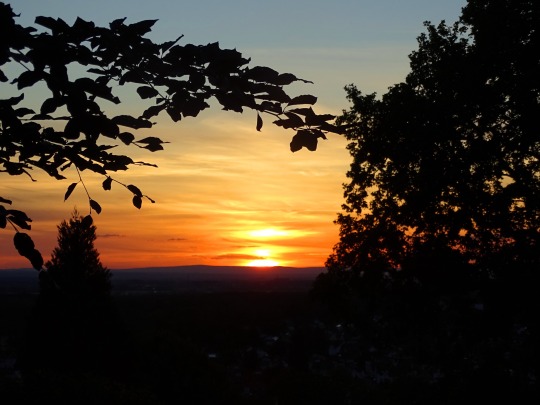
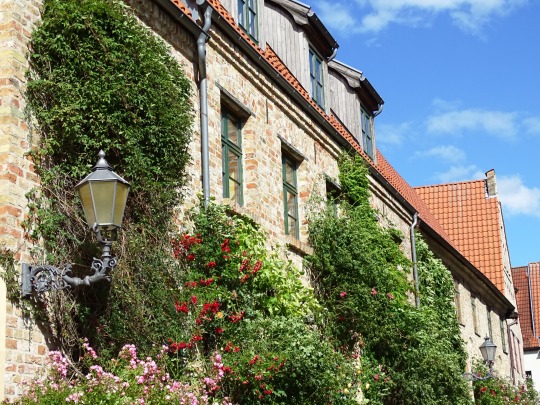
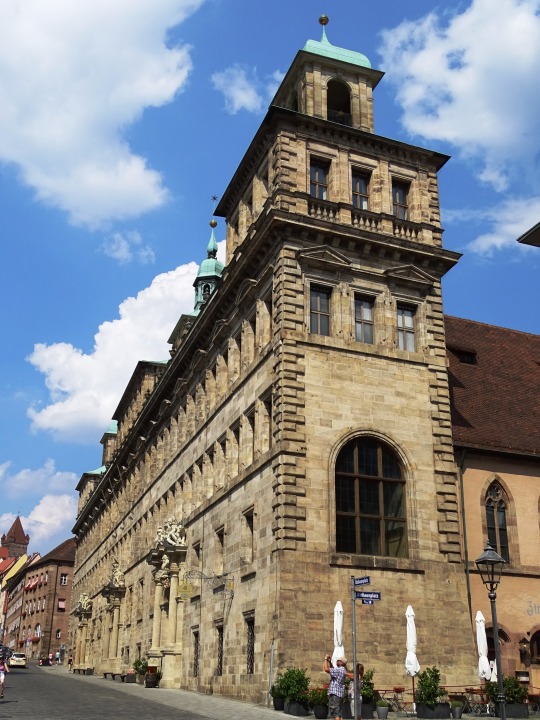


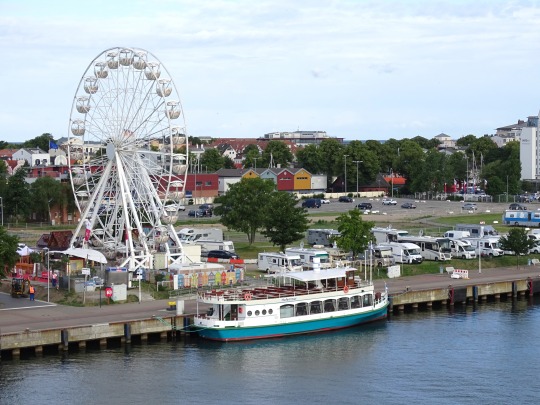
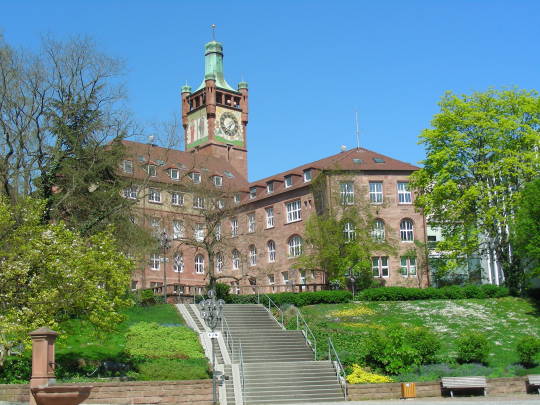
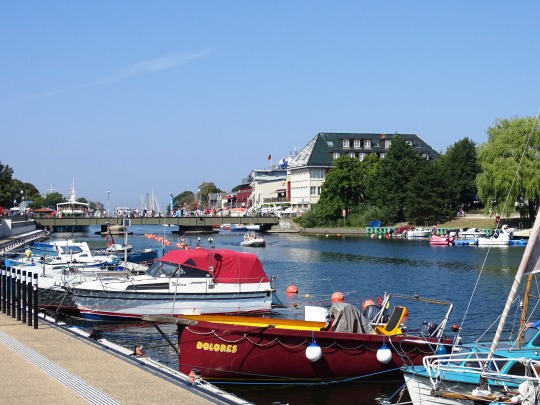
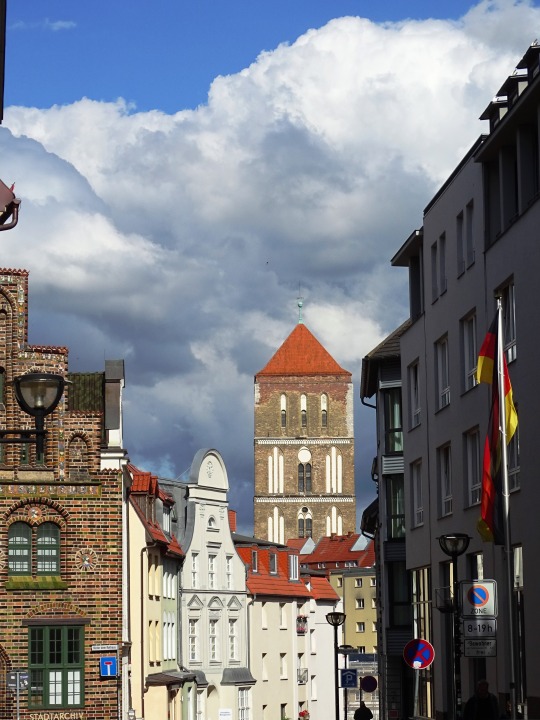

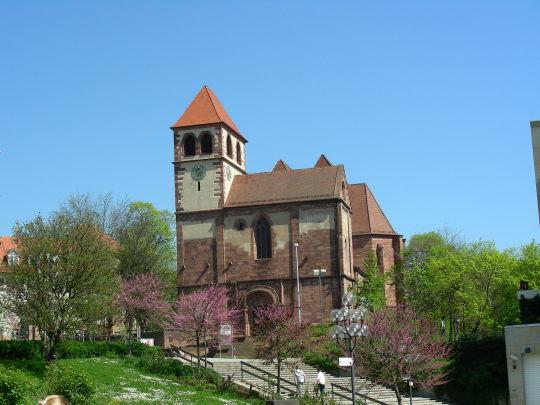
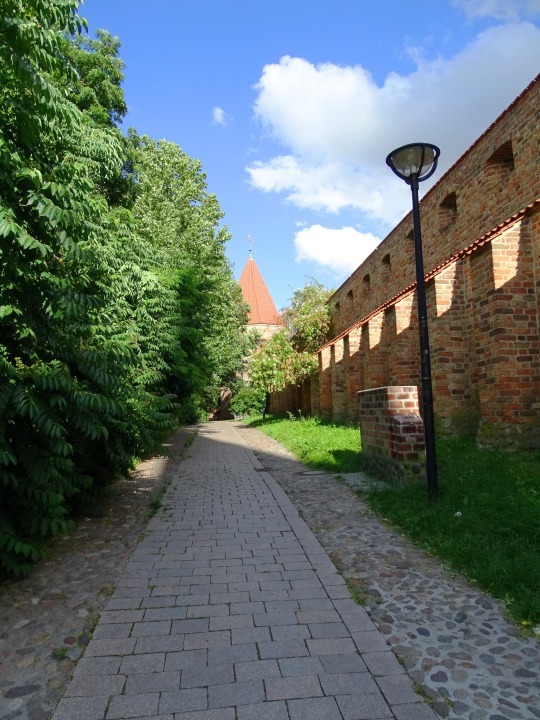
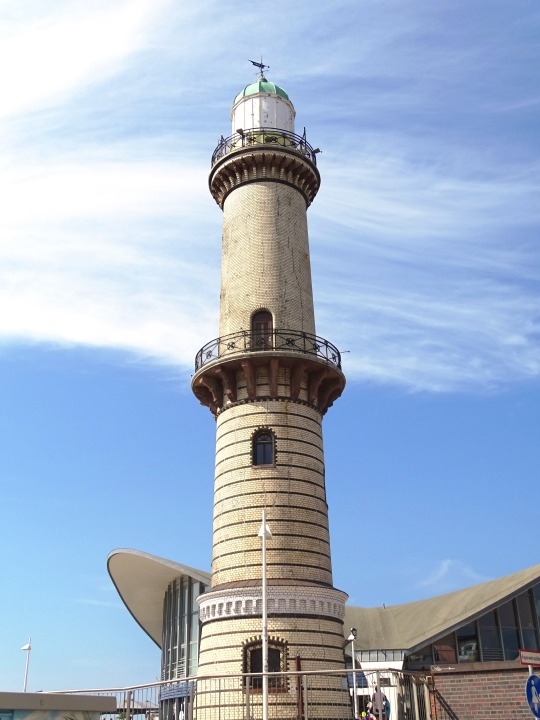
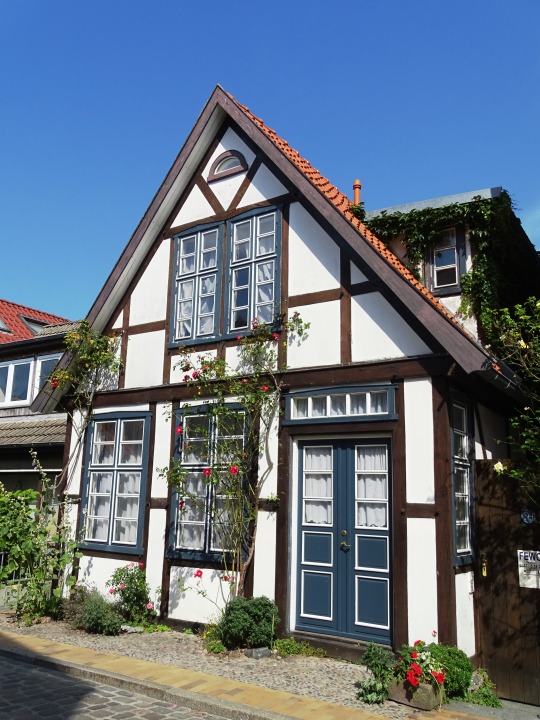
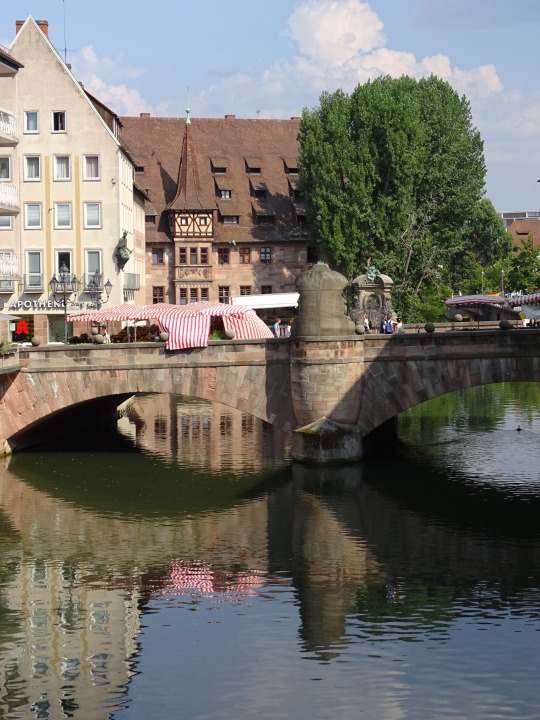

Tag der Deutschen Einheit
German Unity Day is celebrated on October 3 to commemorate the unification of the Federal Republic of Germany and the German Democratic Republic into a single federal Germany on the same date in 1990. A public holiday, the day is characterized by concerts, communal meals, speeches by politicians, and fireworks.
History of National Unity Day
After WWII, Germany was divided into four military sectors, each controlled by France, the United States, the United Kingdom, and the Soviet Union. In 1949, the Federal Republic of Germany was formed and, on October 7 of the same year, the German Democratic Republic (also known as the DDR — ‘Deutsche Demokratische Republik’) was formed.
The political tensions in post-war Europe did not allow much interaction between the people of the two countries. The DDR exercised strong resistance against repression of its political opponents. Thousands of people were kept under surveillance by the German police.
On September 4, 1989, a peaceful protest was carried out by the people of Leipzig against the DDR government. More such demonstrations in other DDR cities took place calling for political reforms and the opening of the borders. And on November 9 that year, the checkpoints between the two German countries were opened and people could travel freely once more. This date marked the ‘fall’ of the Berlin Wall.
Democratic elections further paved the way for the people to come together in the DDR. Finally, in August 1990, the leaders of both countries signed the Treaty of Unification, and Germany’s unification was made official on October 3, 1990.
The Berlin Wall and the Brandenburg Gate are two very important symbols of Germany’s division and the unification of Germany in 1990. Images of both of these are put on display on German Unity Day all across Germany. The day is celebrated as a three-day festival around the Brandenburg Gate and at the Reichstag around Platz der Republik.
National Unity Day timeline
May 23, 1949
Federal Republic of Germany Forms
The German sectors of France, the United Kingdom, and the United States come together to form the Federal Republic of Germany.
October 7, 1949
German Democratic Republic
The sector controlled by the Soviet Union becomes the German Democratic Republic (also known as the DDR — ‘Deutsche Demokratische Republik’).
November 9, 1989
Berlin Wall Falls
On November 4, an estimated 50,000 people gather for a mass protest in East Berlin — five days later, the Berlin Wall dividing communist East Germany from West Germany crumbles.
August 31, 1990
Unification Treaty is Signed
The Unification Treaty is signed, allowing a reunited Germany to become fully sovereign the following year.
National Unity Day FAQs
What is German Unity Day called in German?
German Unity Day is called ‘Tag der Deutschen Einheit’ (The Day of German Unity).
What does German Unity Day celebrate?
The Day of German Unity is Germany’s national holiday. It commemorates the German reunification in 1990 and is celebrated with a festival around Platz der Republik, Straße des 17.
What is closed on German Unity Day?
German Unity Day is a public holiday in Germany so post offices, banks, and many businesses are closed. Nearly all stores are closed, although a few may be open in some city areas.
How To Celebrate German Unity Day
Celebrate the local cultureCelebrate with all the locals at the Charlottenburg Palace. Experience the neighborhoods of Berlin while taking a stroll through Kreuzberg, Friedrichshain, and Mitte.
Watch films and documentaries about GermanyThere are many famous documentaries about Germany and the Berlin Wall. Some of them include “Busting the Berlin Wall,” “Stasi – East Germany’s Secret Police,” “After the Wall: A World United,” “Rise and Fall of the Berlin Wall,” and more.
Visit the specific city of observanceA famous feature of German Unity Day is the observance of the day in one of the 16 states’ capitals every year, which hosts the celebration.
5 Interesting Facts About The Berlin Wall
Two walls: The 27-mile barrier separating Berlin into east and west had two concrete walls that had a 160-yards-wide ‘death strip’ in-between with watchtowers, guard dogs, floodlights, machine guns, and more.
Death on the Wall: More than 100 people died while trying to cross the Berlin Wall, by gunshots, fatal accidents, or suicide.
The great escape: More than 5,000 people escaped by either going over or under the Berlin Wall.
Berlin in Vegas: A piece of the Berlin Wall is now in the bathroom of the Main Street Station Casino in Las Vegas.
In memory of Ida Siekmann: The Berlin Wall cycle route has a glass plaque honoring Ida Siekmann who was the first person to die while trying to cross the wall and flee to East Berlin.
Why German Unity Day Is Significant
It celebrates the unification of Germany: The establishment of Germany as a federal country after years of division since 1945 and the unification of East and West Germany is worth celebrating.
Fall of the Berlin Wall: It commemorates the day when the wall dividing communist East Germany and West Germany crumbled. This was just five days after almost 50,000 people gathered in a mass protest in East Berlin.
Dissolution of the German Democratic Republic: The date marks the dissolution of the German territory controlled by the Soviet Union and the day it joined the Federal Republic of Germany.
Source
#Tag der Deutschen Einheit#National Day of Germany#German Unity Day#3 October#Rostock#cityscape#architecture#Warnemünde#travel#summer 2020#Germany#Deutschland#German history#vacation#Leipzig#Mecklenburg-Vorpommern#Mecklenburg–Western Pomerania#Sachsen#Saxony#Bayern#Bavaria#Nuremberg#Nürnberg#Alter Strom#Marienkirche#Neuer Markt#Nikolaikirche#Völkerschlachtdenkmal#Baltic Sea#Schöner Brunnen
24 notes
·
View notes
Text
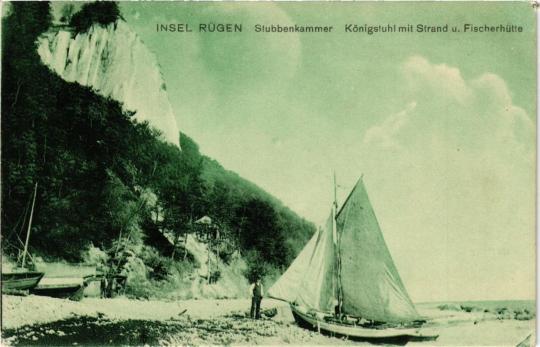
King's Chair chalk cliff and beach on the Rügen Island, Mecklenburg-Vorpommern, Germany
German vintage postcard
#chalk#historic#king's#cliff#photo#briefkaart#vintage#western#chair#king#the rügen island#rgen#sepia#photography#mecklenburg-western pomerania#carte postale#postcard#postkarte#postal#tarjeta#ansichtskarte#mecklenburg#old#ephemera#pomerania#postkaart#island#german#germany#beach
19 notes
·
View notes
Text

Church in Mecklenburg-Vorpommern, Germany by Kerstin Riemer
#photography#architecture#winter#kerstin riemer#germany#europe#snow#nature#church#mecklenburg vorpommern#mecklenburg western pomerania#nature photography#countryside#country#light academia
18 notes
·
View notes
Text

Mecklenburg Western Pomerania, Germany
47 notes
·
View notes
Text
It's so wild to me that there are actual feral Rheas living freely in Mecklenburg-Vorpommern imagine not knowing of this, driving around, taking in the beautiful northern german countryside and seeing a flock of fuckhuge ratites just out and about on a field next to the road. What do you even do in this situation
#what is Mecklenburg-Vorpommern called in english wait#Mecklenburg-Western Pomerania#no thats stupid im not saying that
2 notes
·
View notes
Photo

Benz, Mecklenburg Vorpommerm
#baltic sea rush#mecklenburg-western pomerania#germany#landscape#photography#photographers on tumblr#2022#sunset#evening#ride#explore germany#explore
2 notes
·
View notes
Text
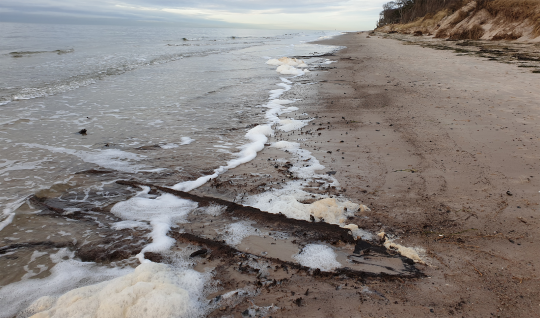
On the Baltic Sea beach on the Darß in Mecklenburg-Western Pomerania, visitors made a rather unusual discovery in the spring of 2022. A dugout canoe was found there, and to prevent it from falling apart on the spot, it was salvaged and examined, including a dendrochronological examination of the wood to find out its age. Until these results are available, the dugout is lying in water. It is not yet possible to say from what period it originated.
77 notes
·
View notes
Text
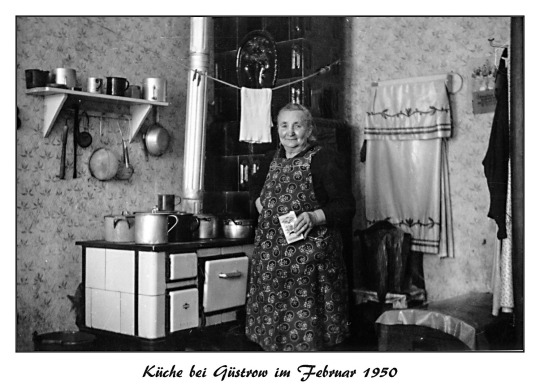
Kitchen at Güstrow, Mecklenburg-Western Pomerania, Germany in February 1950.
33 notes
·
View notes
Text
A bonanza of fascinating treasures have been found in Germany, including Bronze age swords and two telling hoards from the Middle Ages.
27 notes
·
View notes
Text

Nearly 8,000 Medieval Coins and 7 Bronze Age Swords Unearthed in Germany
Volunteer archaeologists found bronze age seven swords and from the 11th century 6000 silver coins in the northeastern German state of Mecklenburg-Vorpommern.
Volunteer archaeological conservationists were searching an area in Mecklenburg-Western Pomerania when they found the metal fragments, the Mecklenburg-Vorpommern Ministry of Science, Culture, Federal and European Affairs said in a Nov. 22 news release.
The seven swords were found in fragments near Mirow (Mecklenburg Lake District). Scientific dating has shown that the swords date back to the Bronze Age. Their age is estimated at around 3,000 years.
Archaeologists reassembled the fragments into seven swords, the release said. A photo shared on Facebook by the ministry shows the ancient weapons.

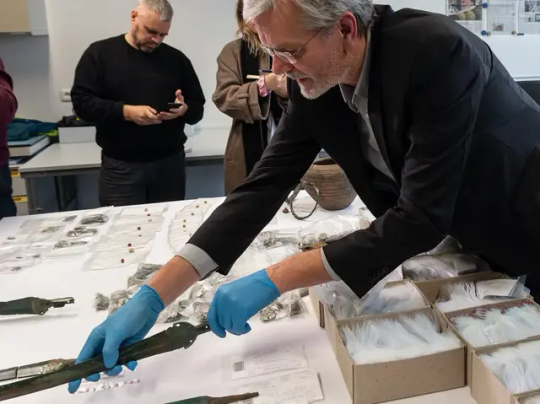
The swords were likely left in the lowland area as a ritual or sacrificial offering, officials said. Although such deposits of valuable items are not unusual, so many Bronze Age swords have never been discovered in one place in Mecklenburg-Western Pomerania.
The seven swords were found in fragments near Mirow (Mecklenburg Lake District). It can be assumed that they came to the surface some time ago when a trench was being dredged and was spread over a larger area with the dredged material. The finders meticulously tracked down the individual fragments, making it possible to put the swords back together almost completely. The recovery was carried out together with an excavation technician from the state archaeology department.
According to the release, volunteers also discovered two other sets of finds, both from the 11th century, in different areas of Mecklenburg-Vorpommern.
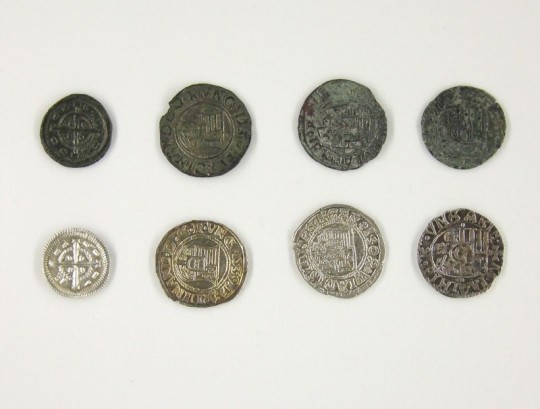
A collection of 6,000 silver coins was unearthed in Rügen, officials said. The find is the largest Slavic coin hoard of the post-war period to date.
The coins were mostly found in a clay pot, but some were spread out nearby. The coins came from a variety of places including western Germany, England, Denmark, Hungary and modern-day Czechia, the release said.
Archaeologists said the variety reflects trade relationships from the 11th century.
Volunteers in the Mecklenburg Lake District also found 900-year-old reliquary containers used to hold religious items. In a pot with around 1,700 coins were neck and finger rings, a pearl necklace (with gold, rock crystal, and carnelian beads), and two reliquary containers that could be interpreted as evidence of the Christian faith. This, in turn, was unusual in an area that was still largely characterized by different beliefs at the time, it was said.
By Leman Altuntaş.


#Nearly 8000 Medieval Coins and 7 Bronze Age Swords Unearthed in Germany#Mecklenburg-Vorpommern#silver coins#collectable coins#silver jewelry#Bronze Age swords#ancient artifacts#archeology#archeolgst#history#history news#ancient history#ancient culture#ancient civilizations#bronze age#middle ages
26 notes
·
View notes
Text
Tourist Railway Molli in Bad Doberan
Narrow gauge tourist railway Molli in Bad Doberan, Mecklenburg-Western Pomerania
In 1886, Grand Duke Frederick Franz III. of Mecklenburg concessioned a steam-driven tramway in the spa town of Bad Doberan, which opened in the same year, using the rare gauge of 900 mm. With the boom in tourism at the baltic sea coast in the years around 1900, there was a need to connect Bad Doberan with the coastal resort of Arendsee, and the tram was extended and re-classified as a light railway. Today, the railway is part of the regional train network. Tourist trains are still operated with steam engines, although diesel engined exist. The steam engine shown here was built in 2009, being the first newly built steam engine in Germany in more than 60 years. Hovever, older engines built in the early 1930s are still in operation. The passenger cars originate from 1911 to 1930. Molli received international fame when it carried members of the press from Bad Doberan to the 33rd G8 summit at Heiligendamm in 2007.
There are several legends about how the railway got its name. One of them tells the story of an old lady, who traveled to Bad Doberan with her fat little pug named “Molli”. Of course she also wanted to take the newly opened steam railway from Bad Doberan to Heiligendamm. But under no circumstances could her pug be persuaded to get in. When the train started moving, the little pug panicked, broke loose and ran away barking. Frightened, the old lady called out: “Molli, bliev stahn!” (Low German: Molli, stop!) But the panicking little pug didn't listen to this call. Instead, a sudden jolt went through the train that had just started. The train driver thought the lady had meant him and his train and had applied the brakes. The train stopped screeching and grinding — and from then on the little tourist railway was popularly known as “Molli”.
13 notes
·
View notes
Photo

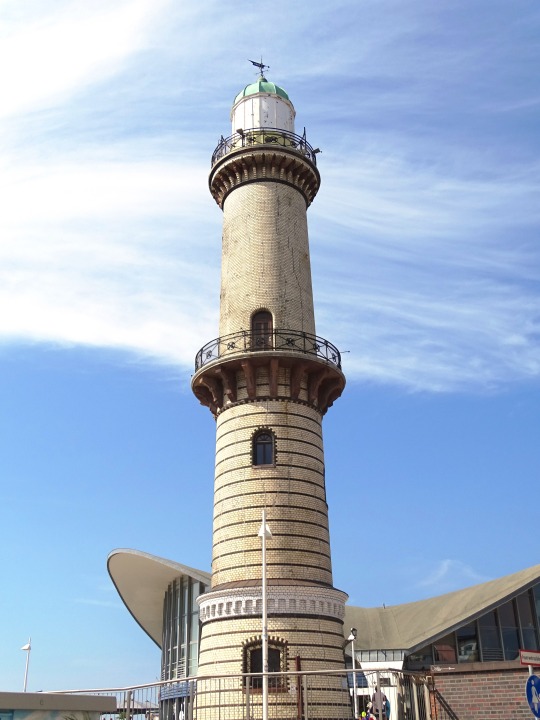
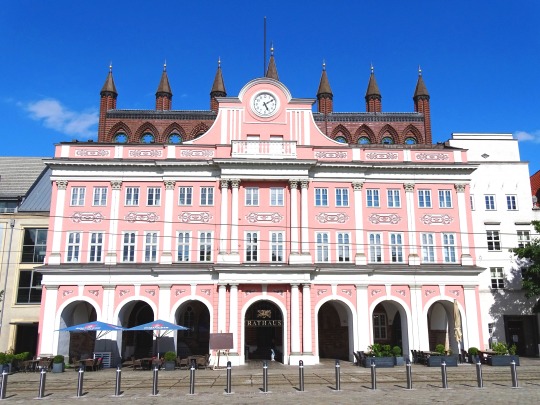


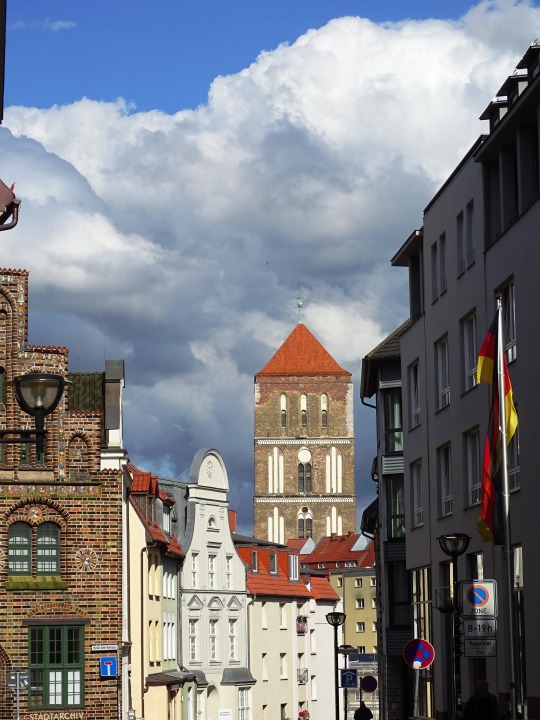


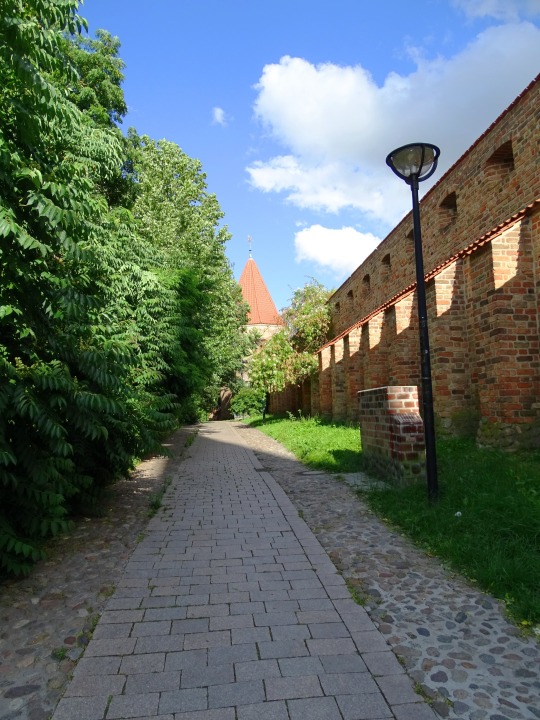

The Rostock Peace Treaty (German: Rostocker Landfrieden) was a treaty, or Landfriede, agreed on 13 June 1283 in Rostock to secure the peace on land and at sea, as well as the protection of taxes and other freedoms.
#Leuchtturm Warnemünde#city hall#Ständehaus Rostock#Rostock Peace Treaty#Rostocker Landfrieden#13 June 1283#740th anniversary#Germany history#Rostock#Warnemünde#Germany#Deutschland#Mecklenburg-Vorpommern#Mecklenburg–Western Pomerania#architecture#cityscape#summer 2020#original photography#vacation#travel#Europe#tourist attraction#landmark#town fortification
2 notes
·
View notes
Text
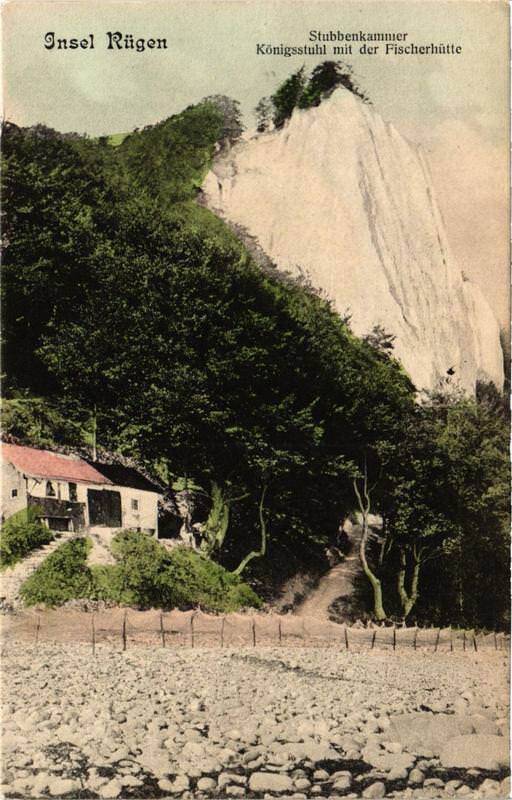
King's Chair chalk cliff on the Rügen Island, Mecklenburg-Vorpommern, Germany
German vintage postcard, mailed in 1908 to Wieselburg, Austria
#chalk#historic#austria#king's#cliff#photo#briefkaart#vintage#western#chair#king#1908#the rügen island#rgen#sepia#photography#mecklenburg-western pomerania#carte postale#postcard#wieselburg#mailed#postkarte#postal#tarjeta#ansichtskarte#mecklenburg#old#ephemera#pomerania#postkaart
11 notes
·
View notes
Text

Orangery of Schwerin Castle on Lake Schwerin Schwerin Mecklenburg-Western Pomerania, Germany
17 notes
·
View notes
Text

A bench at Jasmund National Park, Rügen, Mecklenburg-Western Pomerania, Germany, 2022.
#photography#photo#original photography on tumblr#original photographers#nature#germany#rügen#hdrphotography#forest#bench#aesthetic
9 notes
·
View notes
Text
The vice-president of the court said that the party's political concept was incompatible with the German constitution's guarantee of human dignity.
Germany's highest court ruled on Tuesday that a small far-right party will not receive state funding for the next six years because its values and goals are unconstitutional and aimed at destroying the country's democracy.
In its judgment, the Federal Constitutional Court wrote that Die Heimat, formerly known as the National Democratic Party of Germany (NPD), "continues to disregard the free democratic basic order and, according to its goals and the behaviour of its members and supporters, is aimed at its elimination".
Presiding Judge Doris Koenig, the court's vice-president, explained the unanimous decision by saying that the party's political concept was incompatible with the guarantee of human dignity as defined in Germany's constitution, the Basic Law.
Die Heimat adheres to an ethnic concept of German identity and the idea that the country's "national community" is based on descent, the judge said.
"The propagation of the ethnically defined community leads to a disregard for foreigners, migrants and minorities that violates human dignity and the principle of elementary legal equality," Koenig said.
The German government, as well as the lower and upper houses of parliament, took the party to court. They presented evidence that they said proved Die Heimat was a racist organisation, with anti-Muslim and anti-Semitic ideology, and also pointed to its rejection of transgender people.
The government created the possibility of denying state funding to a political party after two attempts to ban Die Heimat failed. German news agency dpa reported.
Party leader Frank Franz played down the significance of Tuesday's ruling.
"Yes, it's not nice for us," Franz said, according to dpa. "But anyone who thinks this will throw us out of the game and stop us is very much mistaken."
How much money did Die Heimat receive?
Political parties in Germany receive financial support mostly based on their representation in state, national and European parliaments.
Die Heimat has received no state support since 2021. It received around €370,600 in 2016, when it won 3.02% of the vote in state elections in the eastern state of Mecklenburg-Western Pomerania, according to dpa.
Another far-right party, the Alternative for Germany (AfD), has been surging in recent opinion polls. Recent polls have put the AfD in second place nationally, with support of around 23$, well above the 10.3% it won in Germany's last federal election in 2021.
In its eastern German strongholds of Brandenburg, Saxony and Thuringia, polls show the AfD as the most popular party ahead of elections this autumn.
Leading German politicians have discussed the possibility of trying to ban the AfD or exclude it from financial support, but no one has yet made a serious attempt to do so.
Should Germany ban AfD? What impact could this have?
More than 800,000 people took to the streets of Germany's major cities this weekend to denounce the far-right party.
The demonstrations followed last week's news that some members of the far-right party had attended a secret meeting in November last year where they allegedly discussed plans for mass deportations of immigrants and Germans with a migrant background.
The scandal has revived a row over whether the country's largest far-right party should be banned.
German Interior Minister Nancy Faeser welcomed the Constitutional Court's decision on Tuesday, saying it "sends a clear signal: Our democratic state does not finance enemies of the constitution.
"The forces that want to corrode and destroy our democracy must not receive a single cent of state funding to do so," Faeser added. "Even if the constitutional hurdles for future proceedings remain high, we now have another tool to protect our democracy."
4 notes
·
View notes